
Anda berbicara Bahasa Indonesia? Baca artikel terjemahannya di sini!
It’s been roughly a year since I moved my daily driver from Android to iOS. I was tempted because I felt I could’ve squeezed more lifetime out of the device for the price. I still use an Android phone, though, for gaming and work, but for my daily driver, I use a second-hand iPhone XS.
Of course, switching OS isn’t all fine and dandy. I miss some Android features and wish that iOS adopted (or copied, according to fanboys) some of those features. In this article, I’m going to share some of the benefits and caveats of moving from Android and iOS, in case some of you are considering to make the jump.
Disclaimer, though, this is based on my everyday experience, so your mileage may vary. If you have a question about something not mentioned in this list, don’t hesitate to ask them away in the comment section below.
So, let’s start with the benefits, shall we?
Benefits
Long Term iOS Updates
MKBHD, a famous YouTuber once said that we should never buy something based on the promise of software updates, and you should, because promises can be broken. However, it’s been historically proven that Apple is unmatched when it comes to device support. Even the iPhone 6S, which was released in 2015, will still receive iOS 15 later this year.
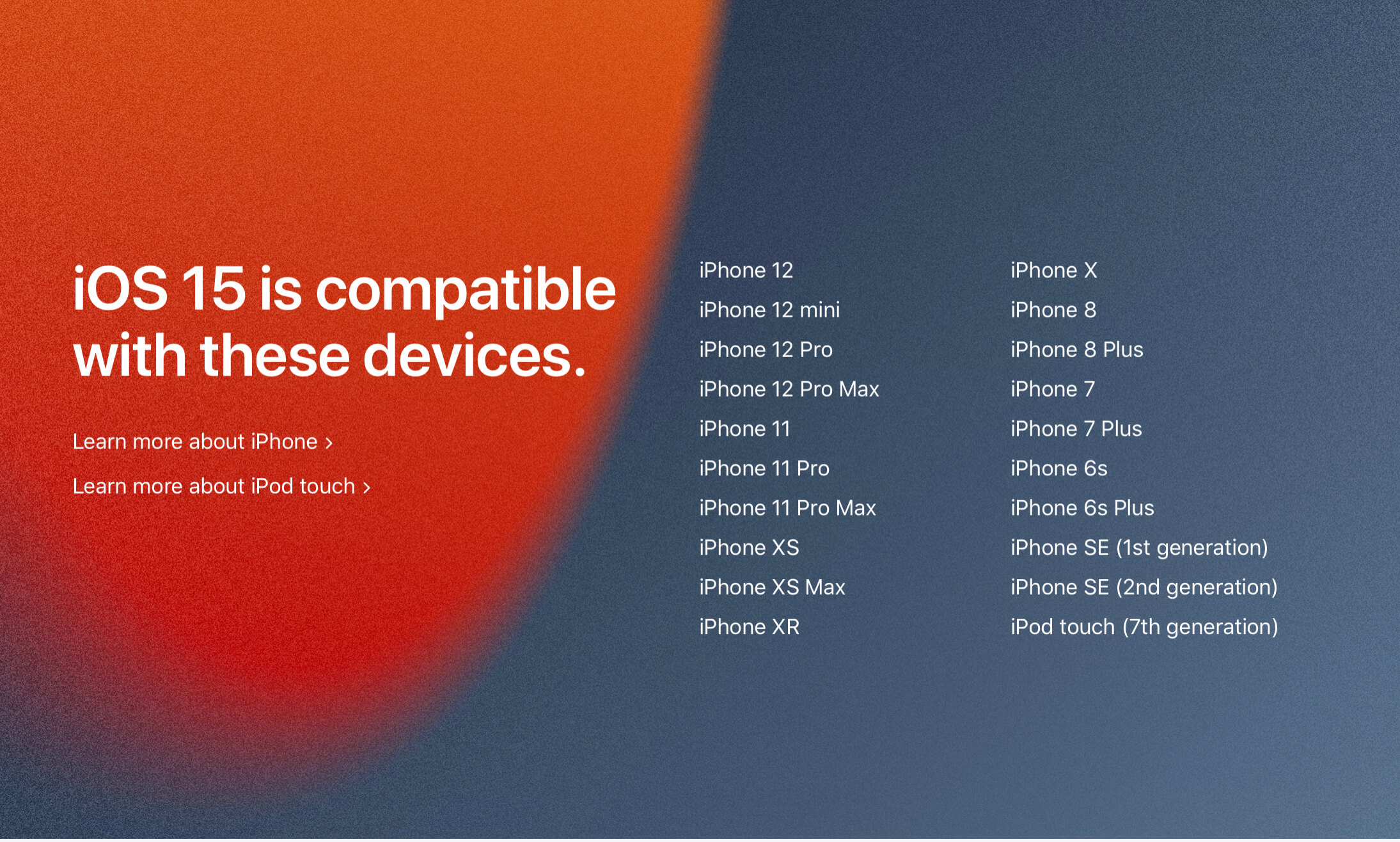
Granted, not all features are available, due to hardware limitations (and let’s face it, iPhone is one of the biggest contributors to Apple’s profit margin, they’ll want you to upgrade every year), but at least your iPhone will stay relevant for another year, while you’re saving up to upgrade.
Powerful Hardware
Every generation of iPhone represents a considerable leap in performance. Starting with the A10 Fusion in iPhone 7, it always wins against the current Snapdragon 800 series in benchmarks, often in a significant margin. This leap in performance, combined with optimizations in iOS, not only benefits the user in day to day tasks, but also makes it future proof. This is probably why Apple is able to support its devices for so long.
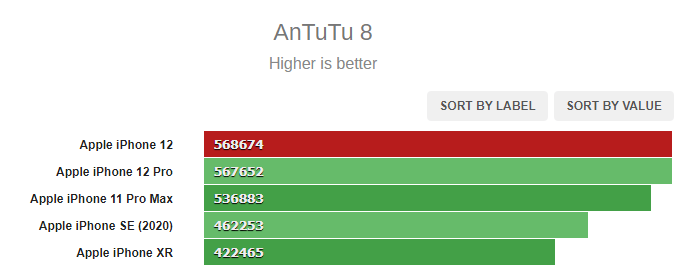
Better Value Retention
There is a market for second-hand gadgets. When I’m upgrading, I always sell my older gadget to subsidize the cost. Not only I save money, I also help save the environment by reducing e-waste. Besides, there will be people who find my second-hand gadgets useful for their everyday lives.
The price will go down, obviously, but Apple products are known to hold their values better, much better, in fact. A used iPhone 7 still cost approximately the same as an Android mid-ranger. A mint condition, used 2012 13″ Macbook Pro can be had at the price of an entry-level Celeron notebook. Is it because of their high base price? I don’t think so, because Android flagships have become so expensive, they go toe-to-toe with Apple’s Pro Max iPhone lineup in terms of pricing, but the former’s price in the used market depreciated much, much lower.

Does it sound stupid to buy a 5-year-old-or-more product? Yes, but there’s a strong demand for Apple products, even for used, older ones, and this might be caused by Apple’s long-term support and excellent hardware.
An Ecosystem where Everything Just (Mostly) Works
When Apple announces something new, chances are it works exactly as expected. Remember FaceID? The moment they announced it, it felt so revolutional compared to Android’s face unlock. When reviewers get their hands on it, they are all pleased by its ease of use and security.
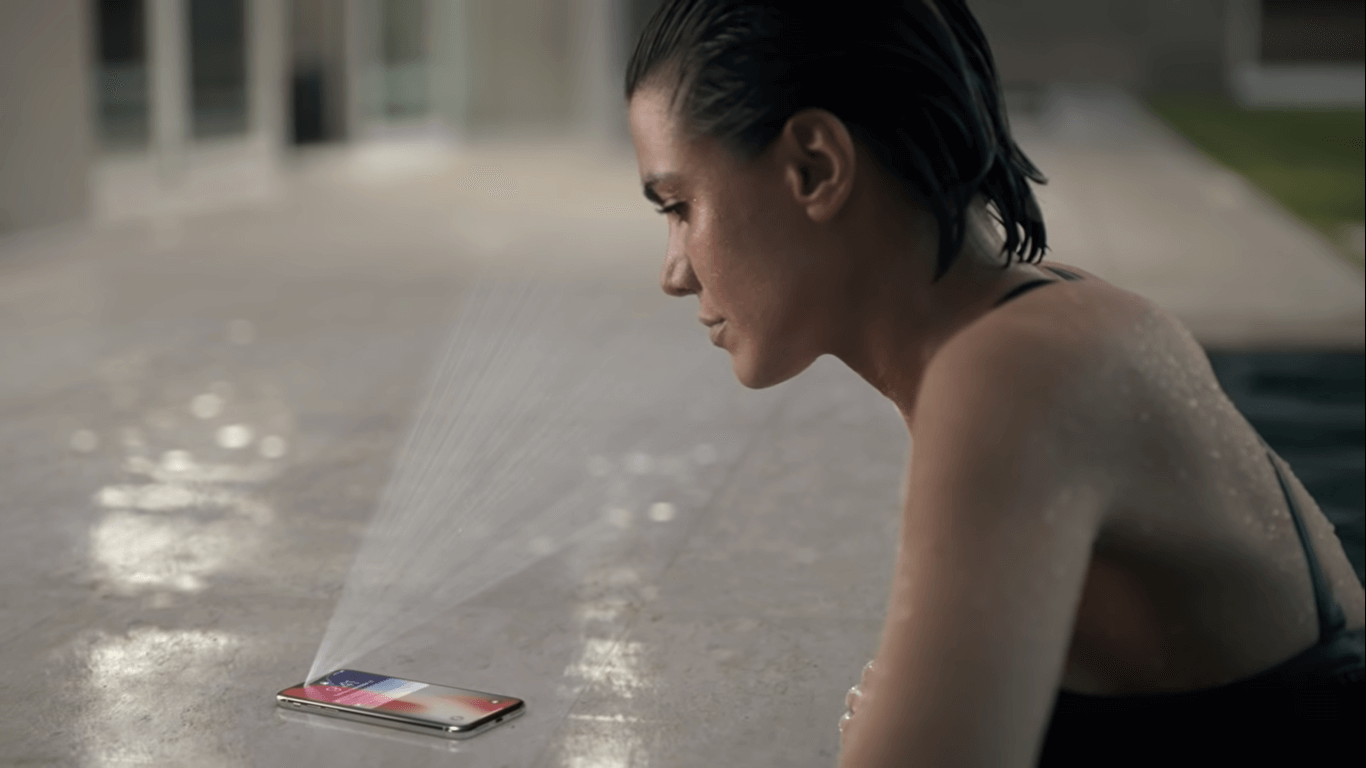
This is especially true when it is integrated into Apple’s ecosystem. Apple’s Magic lineup of Mac accessories automatically connect as soon as they’re turned on. iPhones automatically detect AirPods and Apple Watches as soon as it’s turned on or opened. Clipboards are automatically shared between nearby Apple devices, and the most impressive of all, Universal Control, available for macOS Monterey and iPadOS 15, which allows you to seamlessly move your pointer across devices. It even allows drag and drop files between devices.

Sure, there’s a downside to this, which we’re going to talk more in the next section, but you can’t deny that everything just works for Apple devices. Well, mostly. It’s technology, after all.
Caveats
Apple Knows What’s Best
Wait, isn’t this a good thing? Well, yes, and no. Their decisions are mostly spot on, but some are rather controversial. For example, the removal of the headphone jack, and the decision to keep the measly 5W charger, before removing it completely along with the wired AirPods.
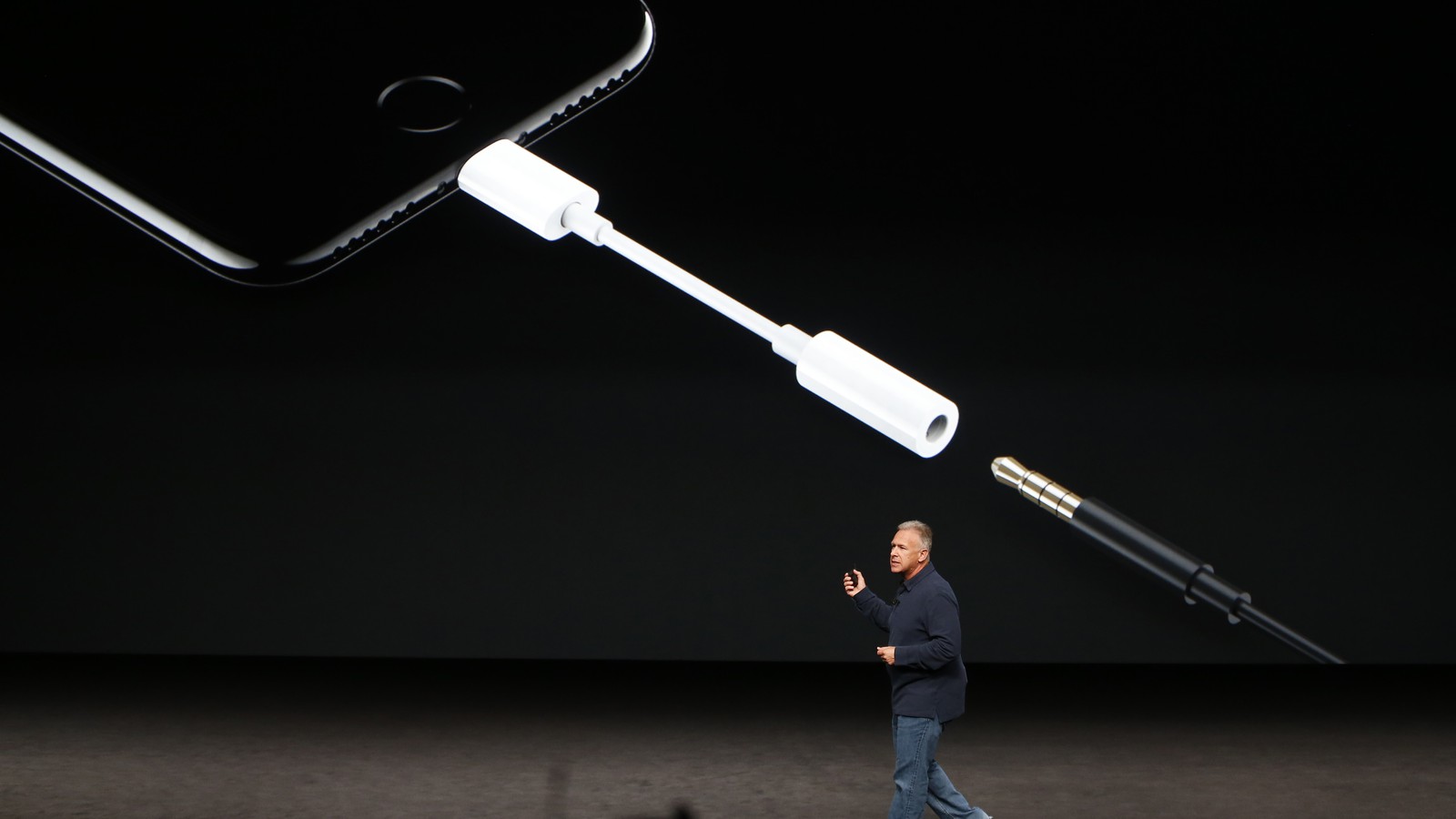
If you’re sort of a guy who likes to tinker with things, then Apple devices may not be for you. The Ecosystem is a beautiful, magical kingdom, and Apple is its king. Nothing will change, if Apple does not desire it.
(Mostly) Proprietary Technologies
The benefits of designing your own hardware and software is that you can integrate them however you like. Unfortunately, that may mean that you’ll need to ditch the already available universal standards. For example, while Android phones and PCs support Miracast by default, Apple only supports their own AirPlay protocol, which may not be available in certain TVs and displays. Another example is Lightning, Apple’s proprietary connector for iPhones and lower end iPads. This ruins my plan of having just a single cable on my travels.

Thankfully, they’re starting to adopt wider standards like USB-C and Qi Wireless Charging. Hopefully, Apple will continue to go down this path.
iOS Is Slow to Adapt the Latest Technology
Many experts say, competition breeds innovation, and no competition can get much hotter than in Android phones. Manufacturers keep implementing new technologies in their phones, like under-screen fingerprint sensor, crazy internal cooling system, high refresh rate screens, foldable screens, and the most exciting, under-screen cameras.

Apple doesn’t care about all this. Heck, Apple could’ve implemented under-screen fingerprint in the upcoming iPhone 13, but many rumors suggest otherwise, despite the ongoing COVID-19 pandemic, which renders FaceID mostly useless outdoors. Maybe because Apple thinks that Android phones are not their competition? Not directly, at least…
But it’s not all bad. While Apple is sometimes the first (FaceID, reversible connector, high-resolution display, LTPO screens in Apple Watch), when they’re late to the party, chances are, it will either fully integrated with their ecosystem, kick it up a notch, or will have the “it just works” magic, such as Apple Pencil, Airpods, and iPhone’s multi-camera system.
Annoying iOS App Updates
This is probably my hardest complain ever since moving to iOS. Android app updates are seamless. It automatically detects which part to update so the download size is shrunk quite significantly. While it’s updating, you can still use the app, although it will automatically quit when it’s time to install.

This is very different from iOS and iPadOS. When you update an app, the app’s icon will be greyed out, with a circular progress bar on top of it, indicating the update progress. It’s greyed out because, you guessed it, you won’t be able to use the app while it is being downloaded and installed. Additionally, you’ll be downloading the whole app package. How do I know? Well, the download time takes quite a while, although my Internet connection is fast enough to stream Full HD videos from YouTube. That should be enough of an evidence.
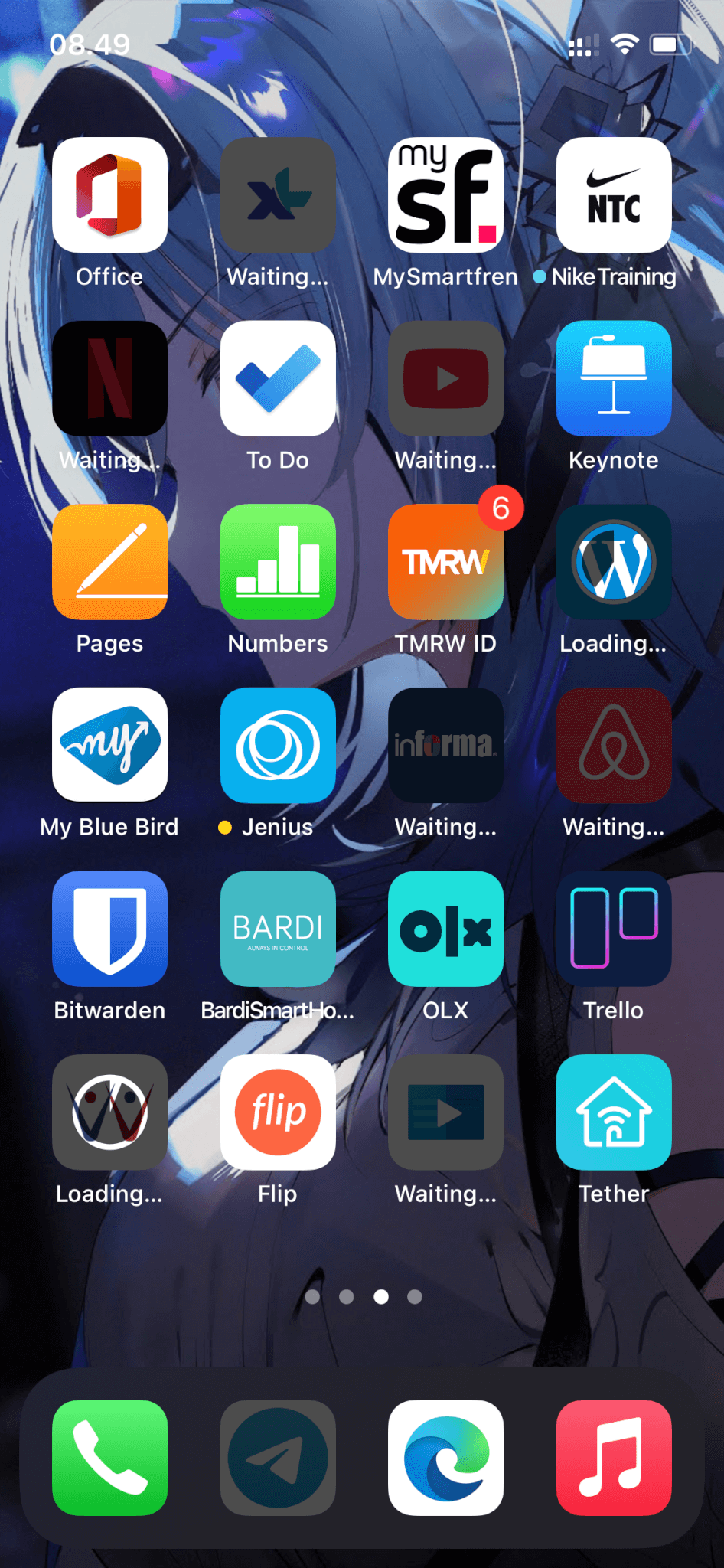
This is still happening on iOS 14, and no word of change in the upcoming iOS 15. Like I mentioned in the previous point, if Apple does not want to change it, despite the complaints, they won’t.
Well, I guess that’s all for now, Folks. I hope this article is useful in helping you make your decision, when you’re considering to jump ship to iOS. Nothing’s perfect, whether it’s Android or iOS, so just choose one that suits your needs, and enjoy. If it doesn’t suit you, you can always jump back. Anyway, as usual, if you have any questions, don’t hesitate to ask them away in the comments section below. Finally, thanks for reading, and see you in the next article! 😀

